I’m sure many of you have a friend or two that have casually remarked to you:
“Oh, I bought my condo for $1.5 million and sold it 5 years later at $1.8 million for a $300k return man!”

…Or at least something along those lines.
Now while the math works out, this really isn’t the correct way to go about calculating your property returns.
In fact, the final number could actually be quite far off. In some cases, you could even have lost money despite the positive returns!
So what is the right way to calculate your property returns then?
It’s actually quite simple.
All you have to do is to make sure that you have factored all your costs in.
Let’s look at an example.
You purchased a condo for $1 million.
After 10 years you decide you want to cash out, and you sold it for $1.589 million. (based on past 10 years growth of 58.9%)
Congratulations!
Now, most people would assume you just made a solid $589,000.
… Sounds massively profitable, but let’s see how fast that figure shrinks when you add up all those costs.
To be certain, the very first thing that you have to take into account is the interest on the loan.
Say you loan a total of $750,000 based on a typical down payment of 25 percent.
At a 2.2% interest rate and a 10 year loan repayment period, you are looking at a total of $138,553 in cumulative interest payments.
This means your profit of $589,000 has now been significantly cut down to just ($589,000 – $138,553) $450,447.
That’s not all.
Remember those monthly maintenance fees you were paying? Surprise surprise, they’re back to haunt you.
Let’s say this fee was set at $200 – a relatively reasonable price considering the condo’s $1 million quantum.
If you multiply this $200 over a period of 10 years, you will realise that you have spent a solid $24,000 on just monthly maintenance fees alone!
Which leaves us with a remaining profit of ($450,447 – $24,000) $426,447.
Note that we are not taking into account maintenance of your individual unit – which by the way, can really add up. Especially if you settled for an older apartment.
Notice how quickly our profits are already dwindling?
Now we also have to factor in the property taxes that you have been paying.
Let’s go with an Annual Value of the property at $30,000.
This comes up to a yearly net tax payable amount of $880. (Feel free to do the math again)
After 10 years, you would have paid a total of $8,800.
That leaves us with a remaining profit of ($426,447 – $8,800) $417,647.
Normally, you would also have to include the cost of renovations. But for simplicity’s sake, let’s assume it was a well-maintained resale condo and you went ahead with a minimal renovation that cost just $20,000.
And so, that leaves you with a total of ($417,647 – $20,000) $397,647.
Next, we have to account for the agent fee for selling your home.
Let’s take a 2% commission fee, which leaves you with a total of ($397,647 – $34,005) $363,642.
I know it sounds really exhausting seeing all these costs pile up, but we’re almost there!
Stamp duty is quite a big chunk for most people, which comes up to $24,600. ($363,642 – $24,600) $339,042.
The next cost to look at are lawyers fees, these are inescapable at $6,000 (buying and selling conveyancing fees).
This leaves us with a figure of ($339,042 – $6,000) $333,042.
Finally, the elephant in the room. Accrued interest.
More specifically, accrued interest payable back to your CPF.
Some people don’t like to include this because it can be viewed almost as an opportunity cost.
Nonetheless, most people will be affected by this because they would use their CPF for the downpayment and monthly repayments.
So how do we calculate this?
First, tally up how much we’ve taken out from our CPF.
In this case, it’s downpayment ($200,000), stamp duty ($24,600), and monthly repayments ($1,200) to give us a total of $239,000.
Now we have to calculate our accrued interest, which is basically the CPF rate of 2.5% on the monthly balance, compounded at the end of each year, for over 10 years.
| Year | Year Deposits | Year Interest | Total Deposits | Total Interest | Balance |
| 1 | $14,400.00 | $5,810.00 | $239,000.00 | $5,810.00 | $244,367.19 |
| 2 | $14,400.00 | $6,315.25 | $253,400.00 | $12,125.25 | $265,113.01 |
| 3 | $14,400.00 | $6,833.13 | $267,800.00 | $18,958.38 | $286,383.46 |
| 4 | $14,400.00 | $7,363.96 | $282,200.00 | $26,322.34 | $308,191.80 |
| 5 | $14,400.00 | $7,908.06 | $296,600.00 | $34,230.40 | $330,551.65 |
| 6 | $14,400.00 | $8,465.76 | $311,000.00 | $42,696.16 | $353,476.94 |
| 7 | $14,400.00 | $9,037.40 | $325,400.00 | $51,733.56 | $376,981.98 |
| 8 | $14,400.00 | $9,623.34 | $339,800.00 | $61,356.90 | $401,081.42 |
| 9 | $14,400.00 | $10,223.92 | $354,200.00 | $71,580.82 | $425,790.31 |
| 10 | $14,400.00 | $10,839.52 | $368,600.00 | $82,420.35 | $451,124.04 |
So this results in an acrrued interest total of $82,420.
Add everything up and you get a final figure of ($333,042 – $82,420) $250,622.
A property returns profit of $250,622!
While it’s a far cry from the initial figure of $589,000, it’s a positive figure nonetheless.
To paint a clearer picture, you are looking at an annualised return of 2.26%!
Let us put the figures into a table for easy reference:
| Description | Amount |
| Price of Property | $1,000,000 |
| Sold | $1,589,000 |
| Gross Profit | $589,000 |
| Interest Payments | $138,553 |
| Maintenance Fees | $24,000 |
| Property Tax | $8,800 |
| Renovation | $20,000 |
| Agent Fee | $34,005 |
| Lawyers Fee | $6,000 |
| Accrued Interest | $82,420 |
| Net Profit/Loss | $250,622 |
Final Word
Now that Singapore has officially taken the top spot in the world for property investment prospects from a 2020 price increase standpoint, it is only natural for people to start looking at diversifying their portfolios and increasing their profits with property investments.
We hope that this piece has gone some way in helping you accurately calculate your property returns in line with this trend.
If you have any questions, feel free to reach out to us at hello@stackedhomes.com!
Sean
Sean has a writing experience of 3 years and is currently with Stacked Homes focused on general property research, helping to pen articles focused on condos. In his free time, he enjoys photography and coffee tasting.Read next from Property Advice

Property Advice We Ranked The Most Important Things To Consider Before Buying A Property In Singapore: This One Came Top
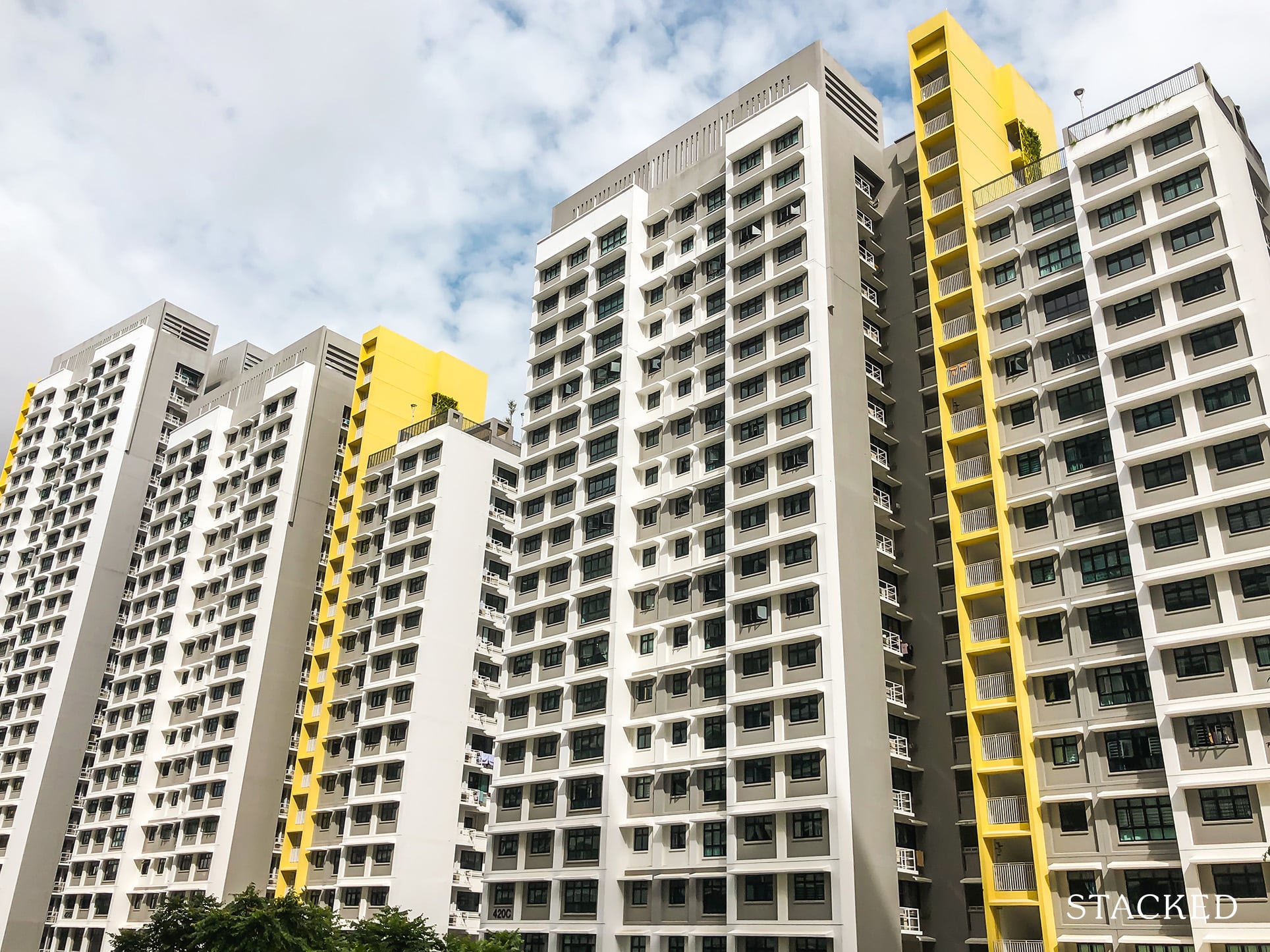
Property Advice Why Punggol Northshore Could Be The Next Hotspot In The HDB Resale Market
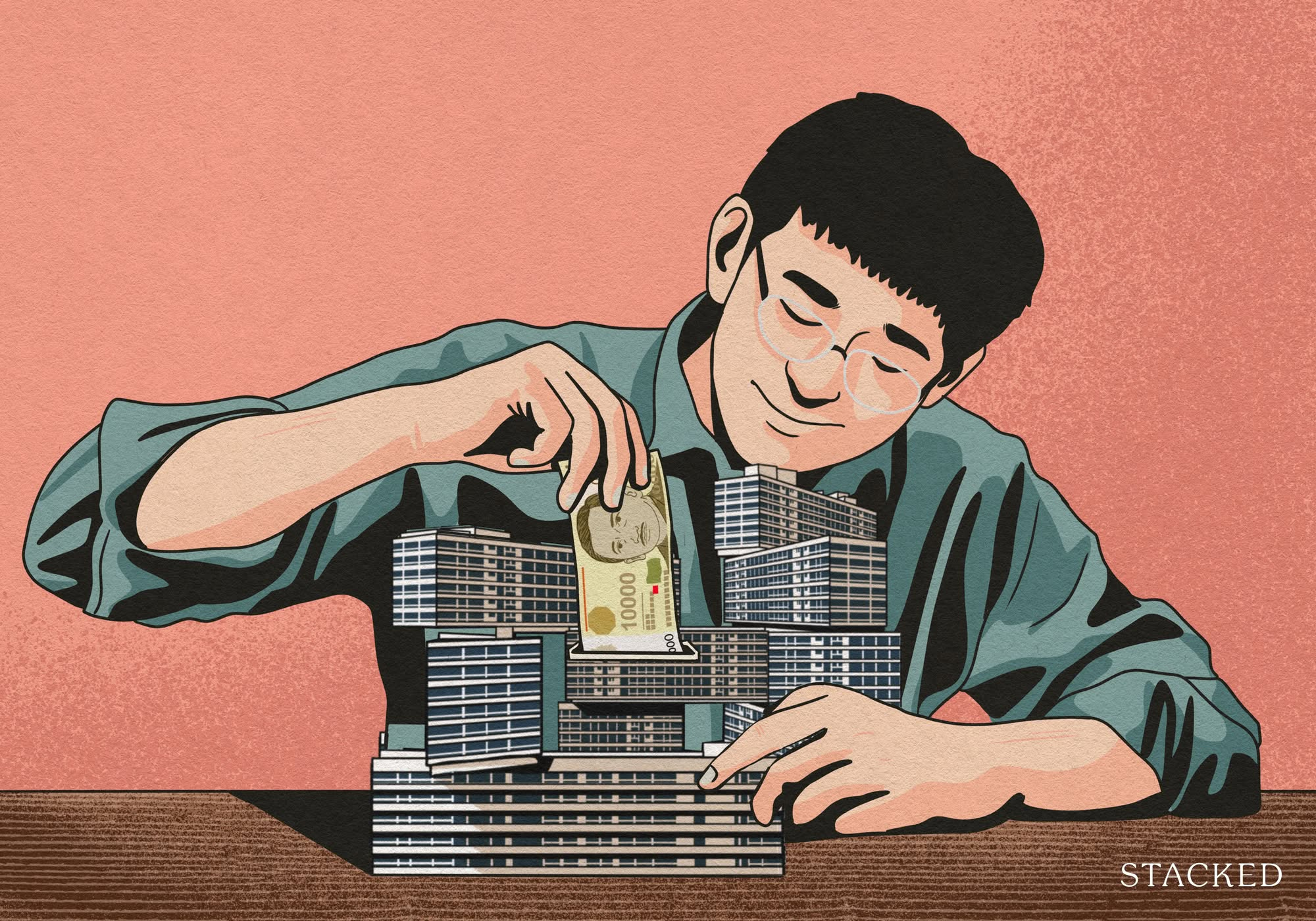
Property Advice How Much Is Your Home Really Worth? How Property Valuations Work in Singapore
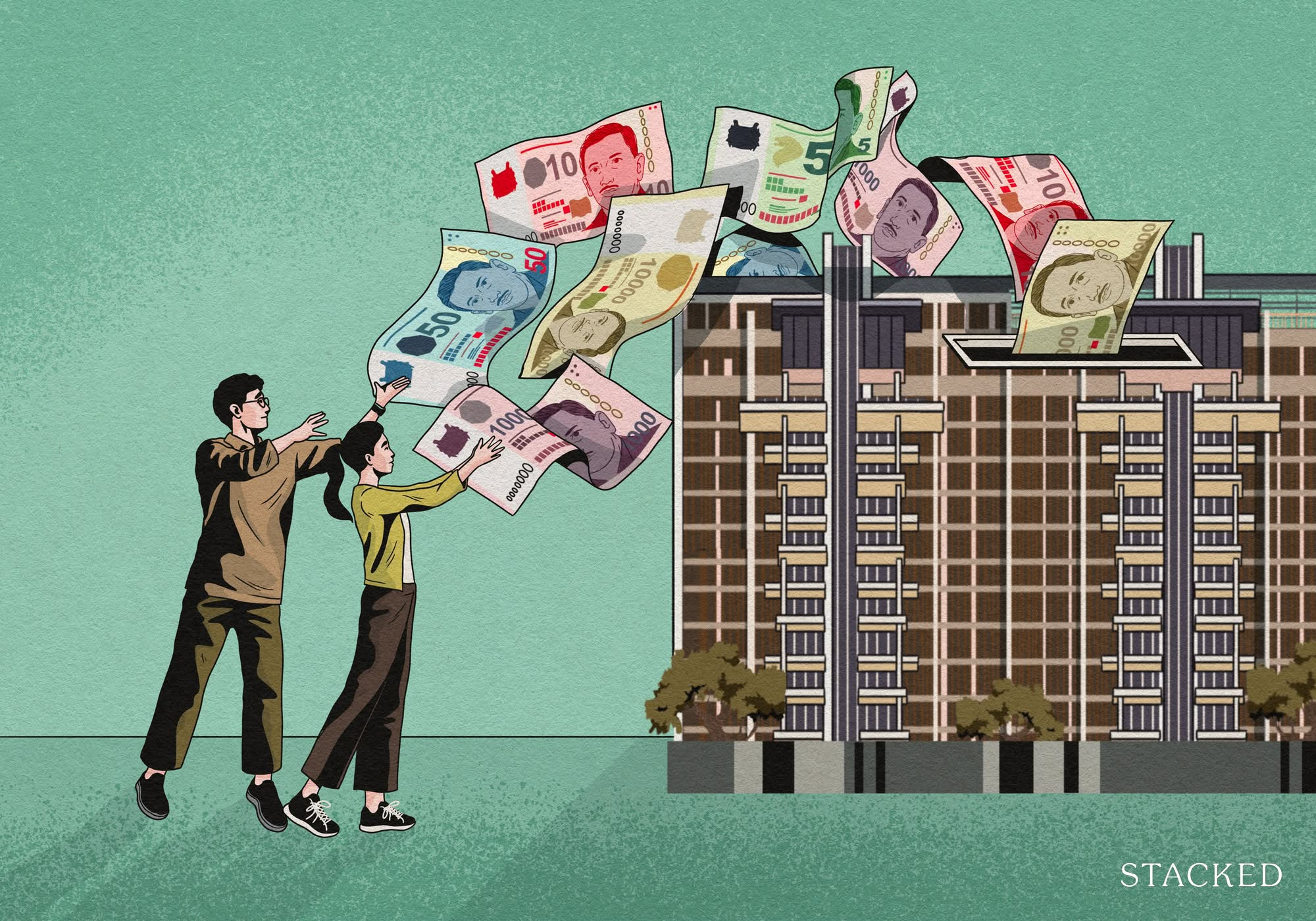
Property Advice Why I Had Second Thoughts After Buying My Dream Home In Singapore
Latest Posts
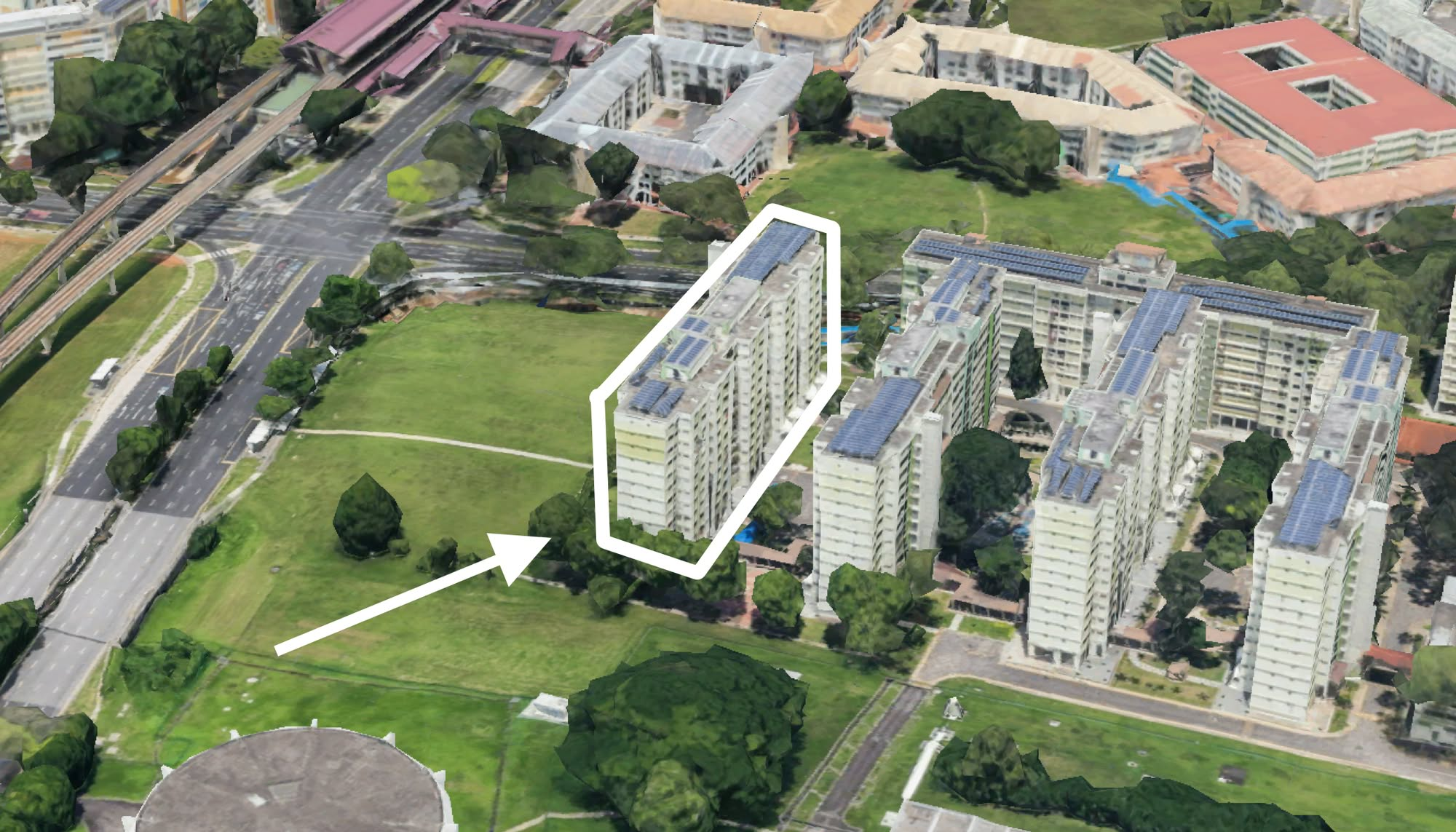
On The Market 5 Biggest HDB Flats Over 1,700 Sqft From $950k
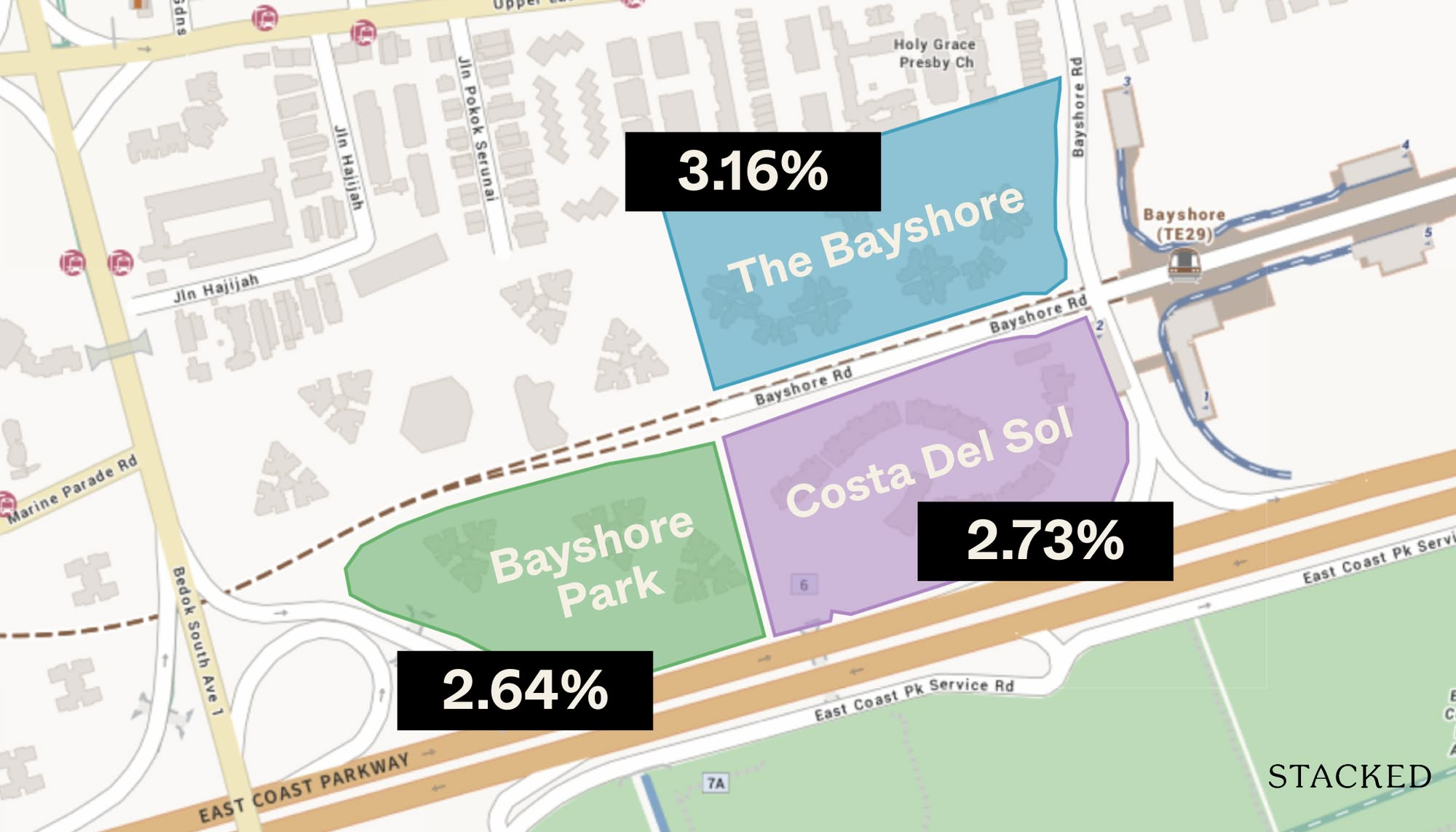
Pro 2 Reasons Costa Del Sol Underperformed—Despite Its Seafront Location And Family Appeal
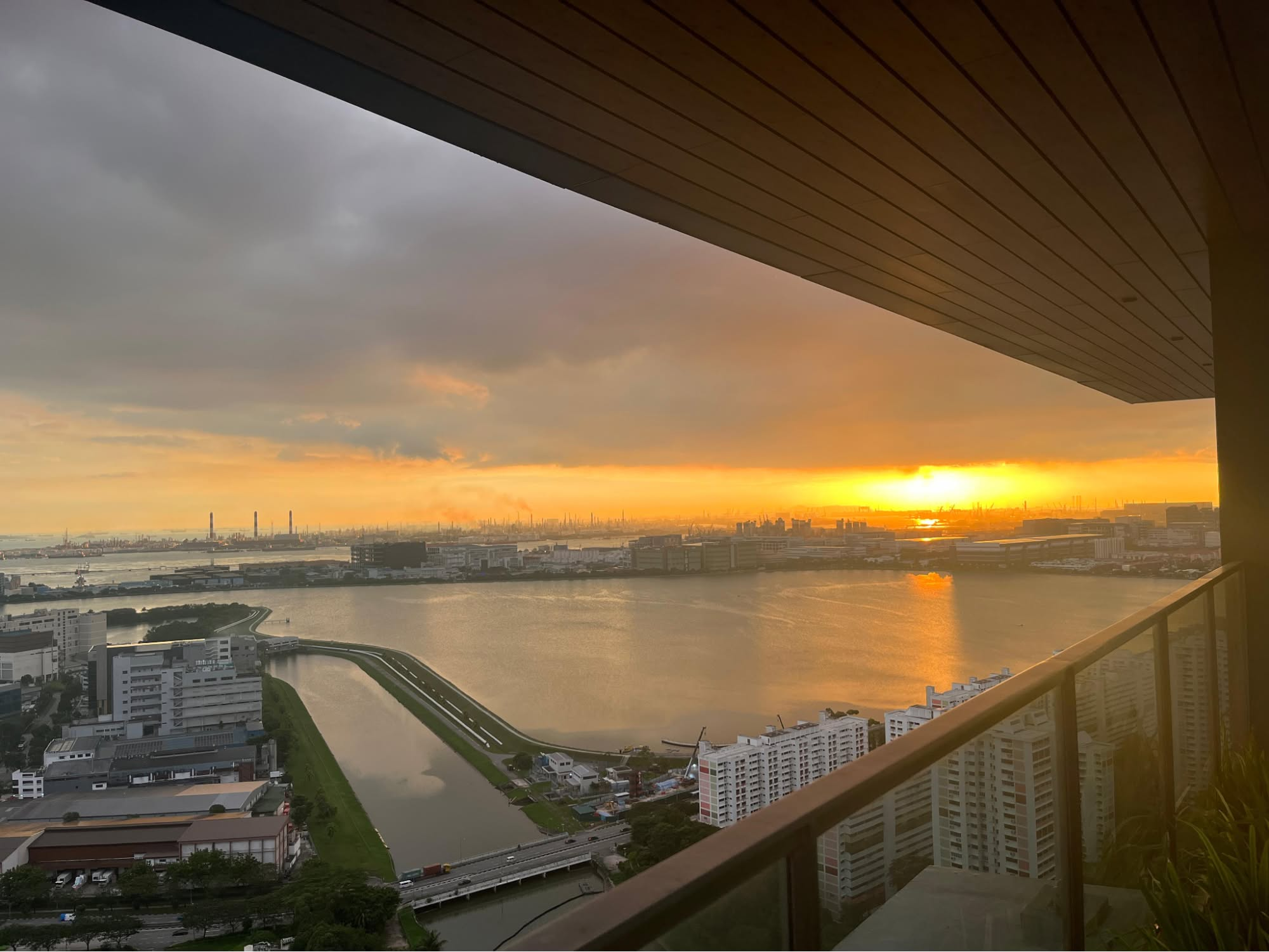
Homeowner Stories I’ve Lived in Twin VEW for Four Years: What It’s Like Living Without an MRT Nearby
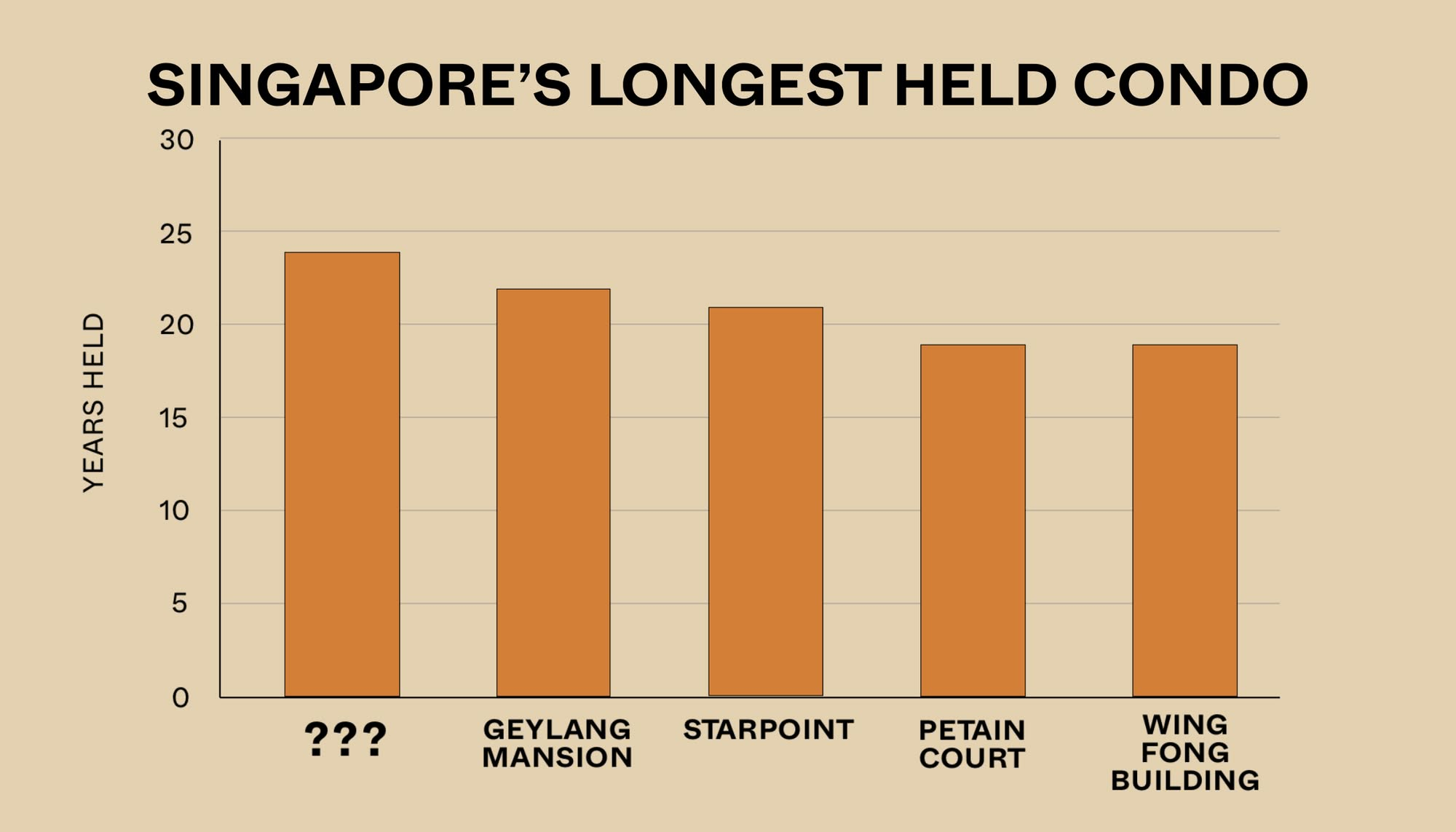
Editor's Pick The Surprising Truth Behind Singapore’s Longest Held Condos – And Why Residents Refuse To Sell After 20 Years
Pro 7 Reasons Reflections at Keppel Bay Underperformed—Despite Its Iconic Design and Prime Waterfront Location
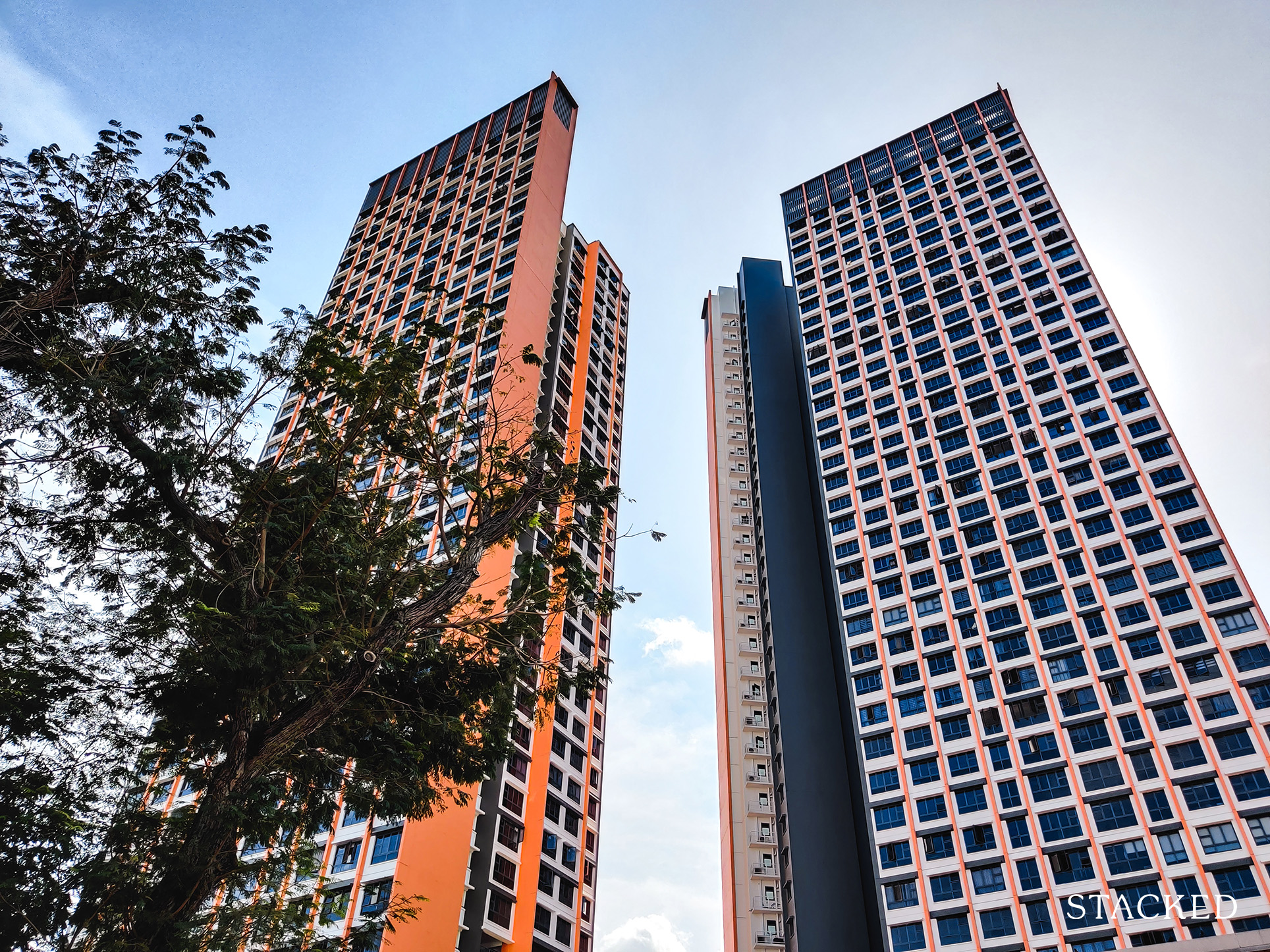
Singapore Property News Clementi 4-Room HDB Sold For Record $1.28 Million – Here’s What Makes It So Special
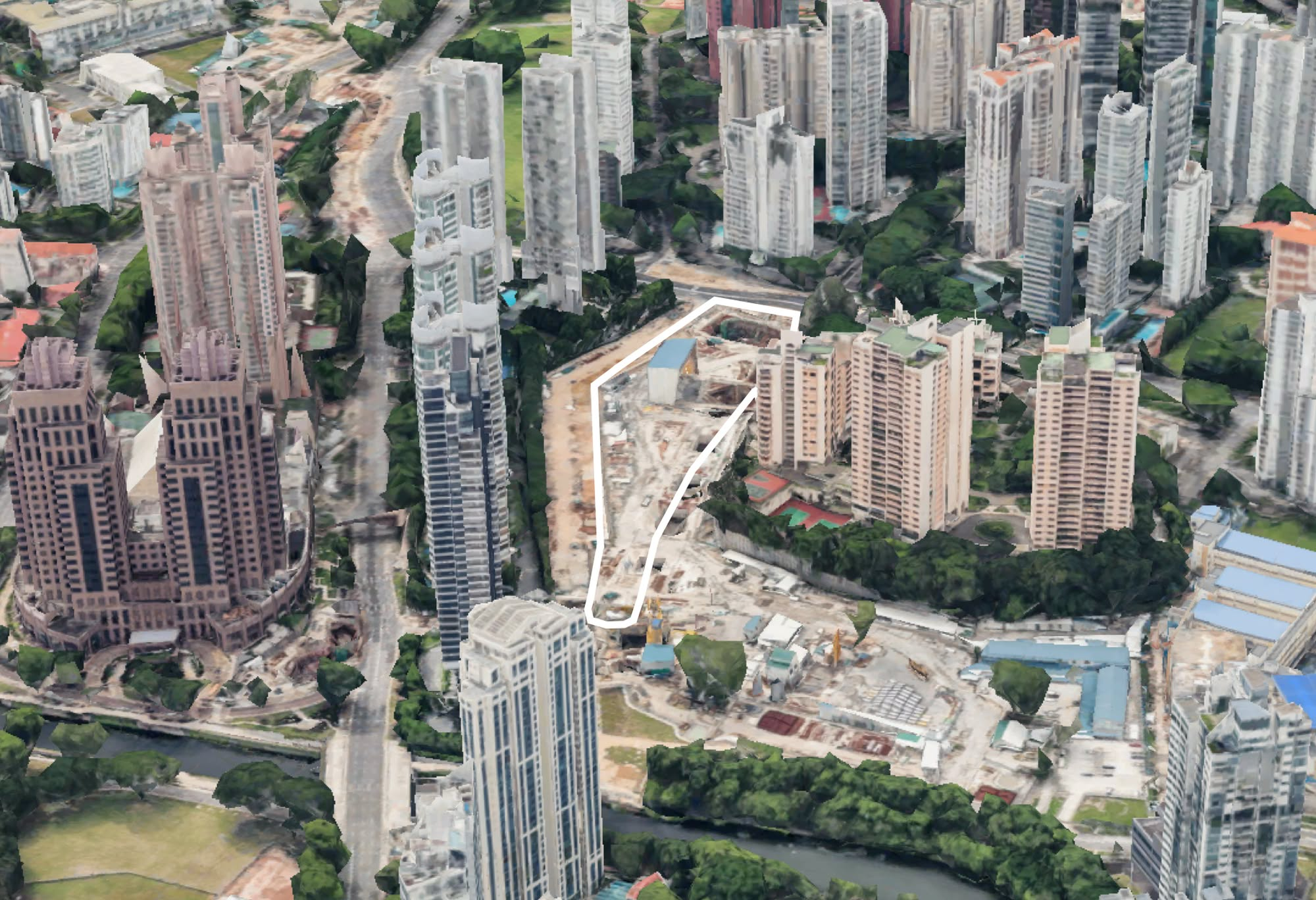
Editor's Pick This New River Valley Condo Starts At $1.2M: And It’s Cheaper Than Some City-Fringe Launches
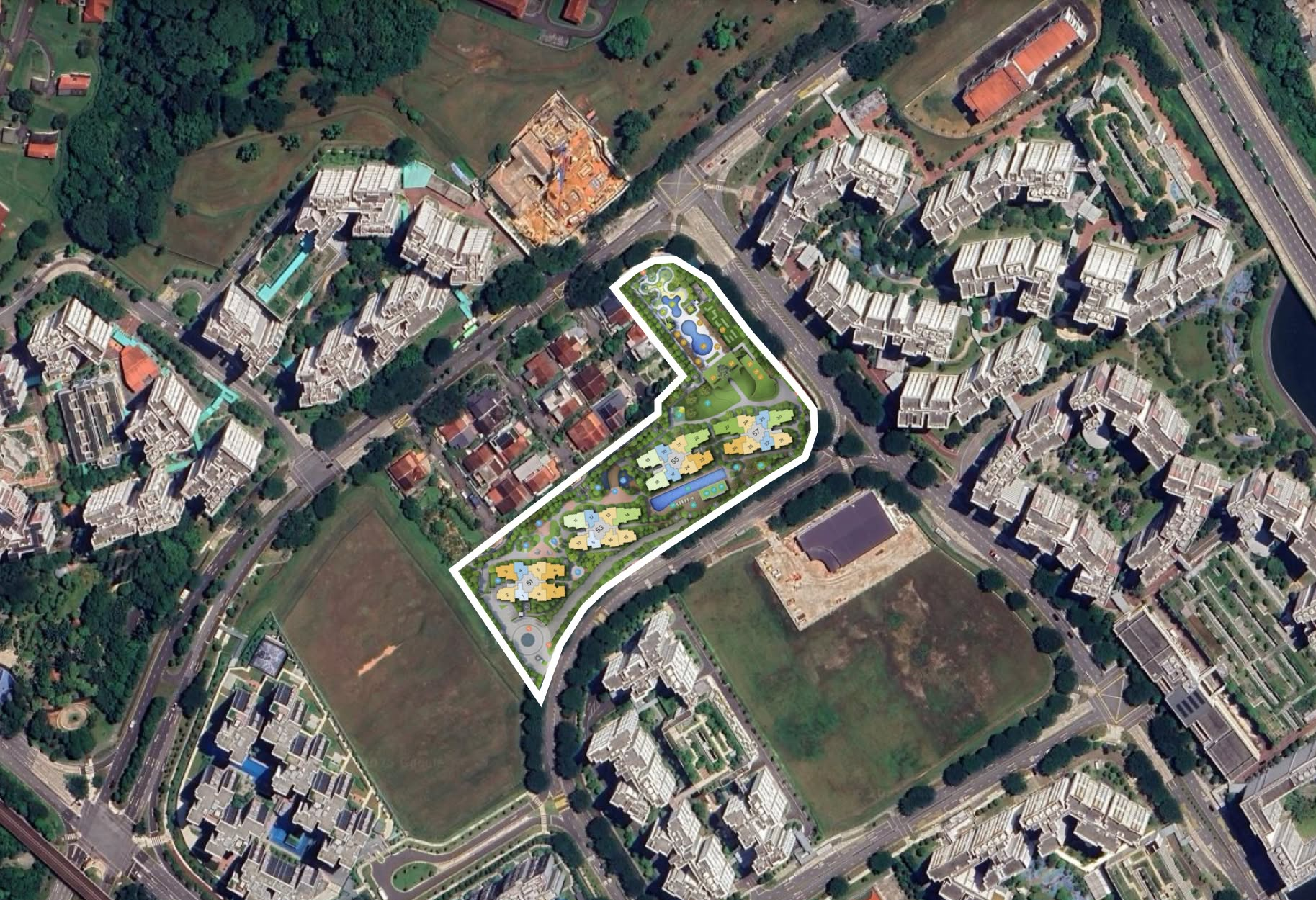
New Launch Condo Analysis This New 376-Unit Condo In Sembawang Might Be The Best Pick For Young Families: Here’s Why
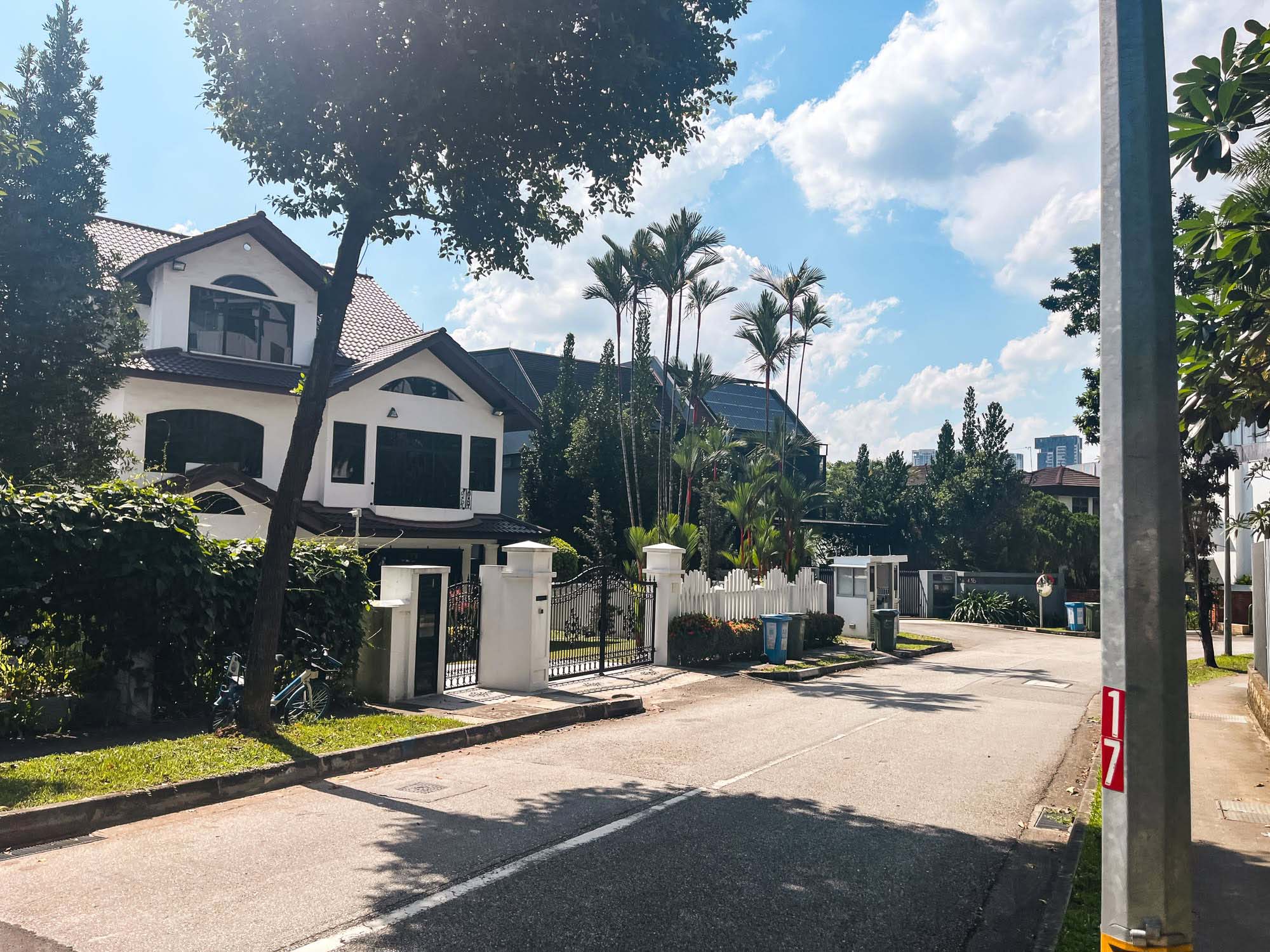
Editor's Pick Where To Find Freehold Semi-D Landed Homes From $4.4m: Touring Gilstead Road
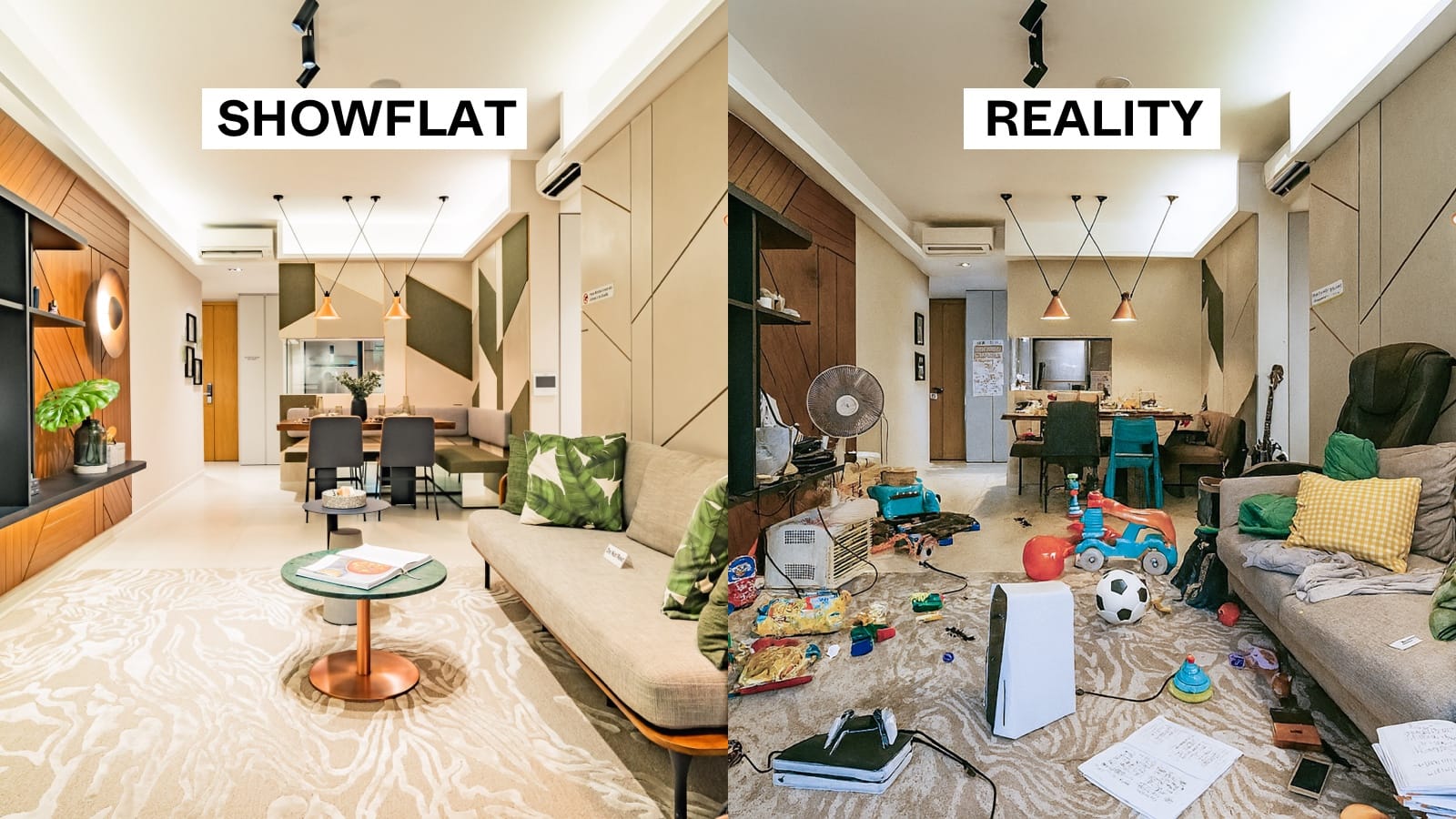
Singapore Property News The Trick to Seeing Through a Condo Showflat (Most Buyers Never Do This)
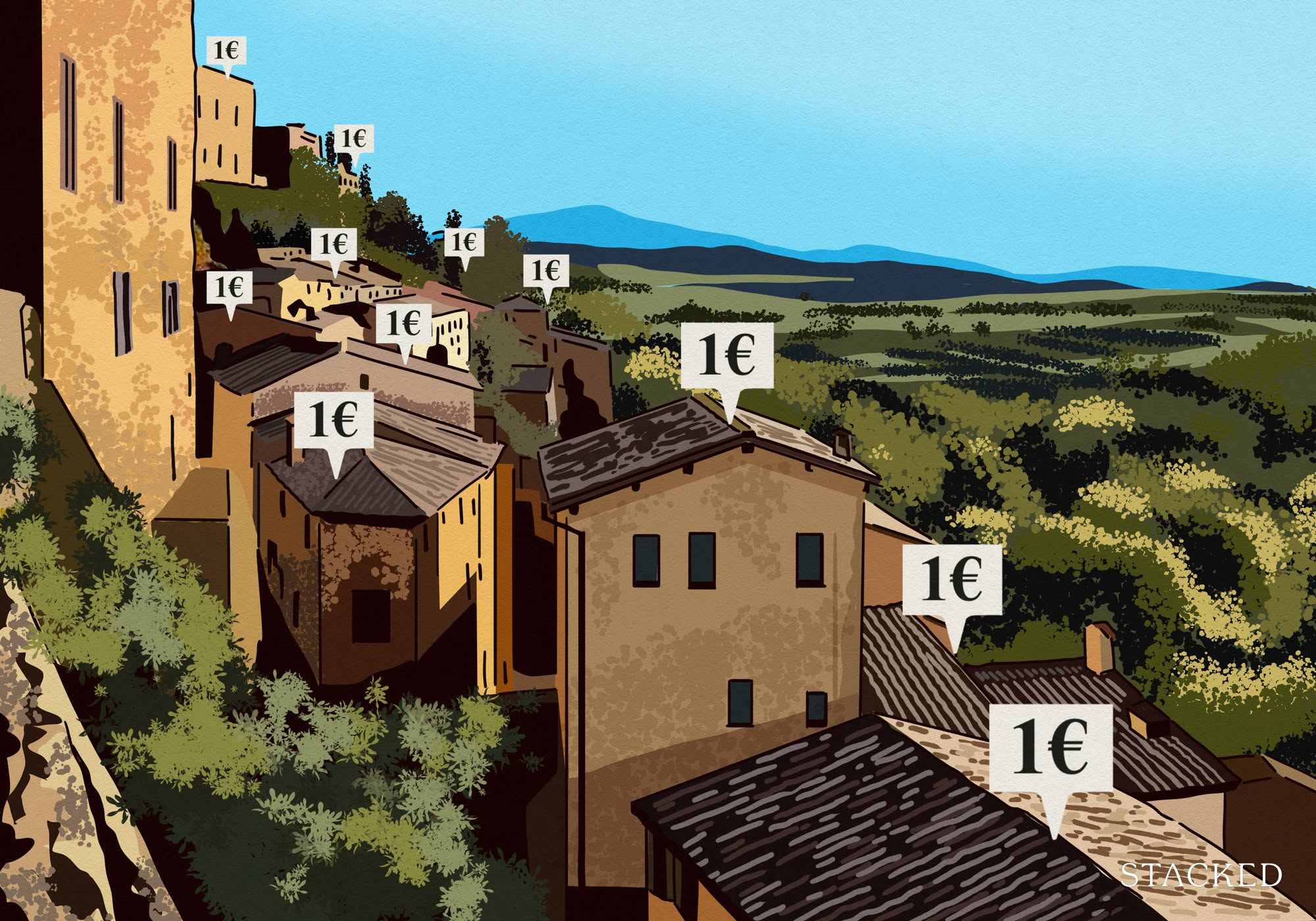
Editor's Pick Can You Really Buy A House In Italy For €1? Here’s What Singaporeans Should Know
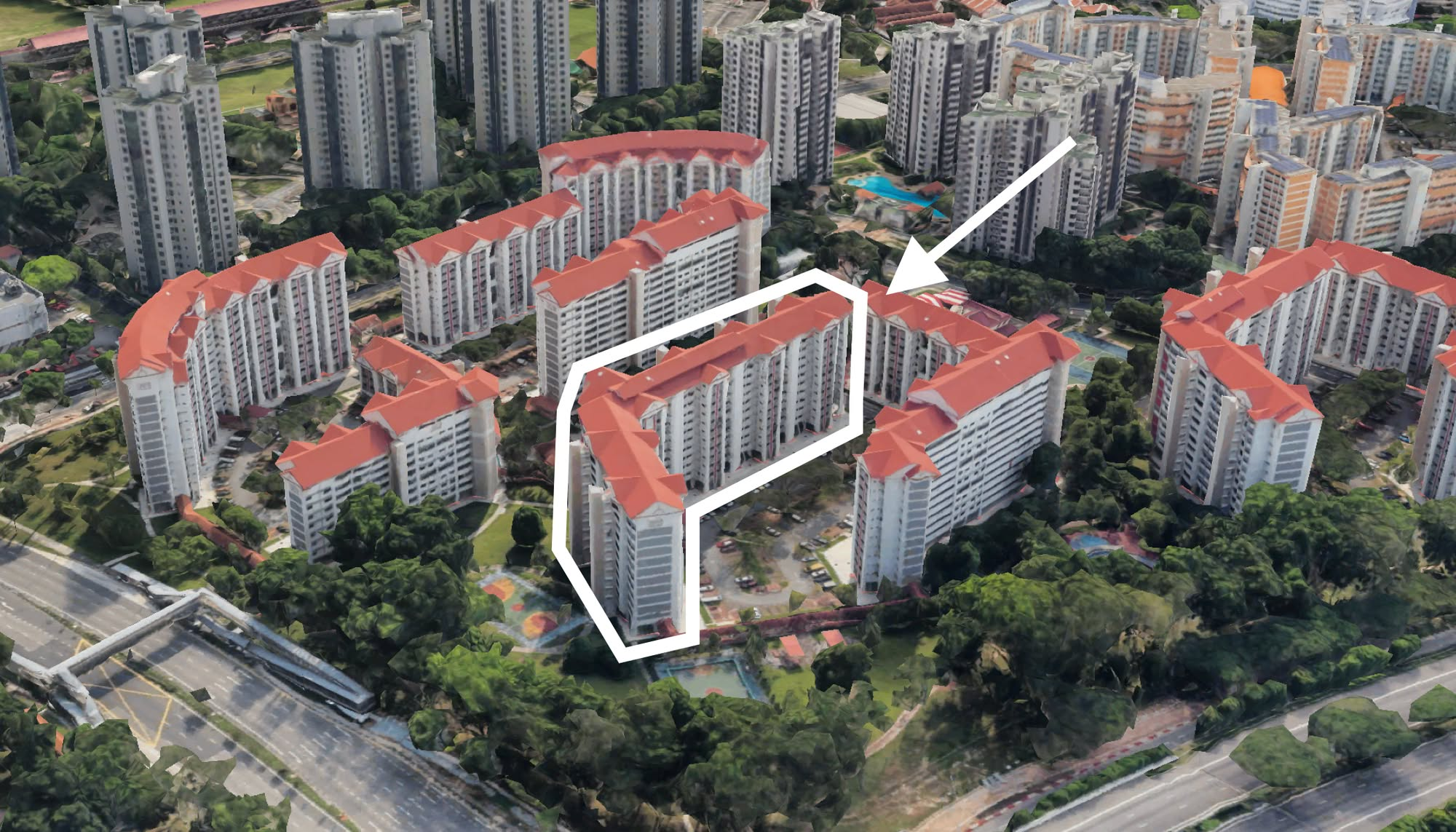
On The Market 5 Cheapest 5-Room HDB Flats Near MRT Stations From $550k
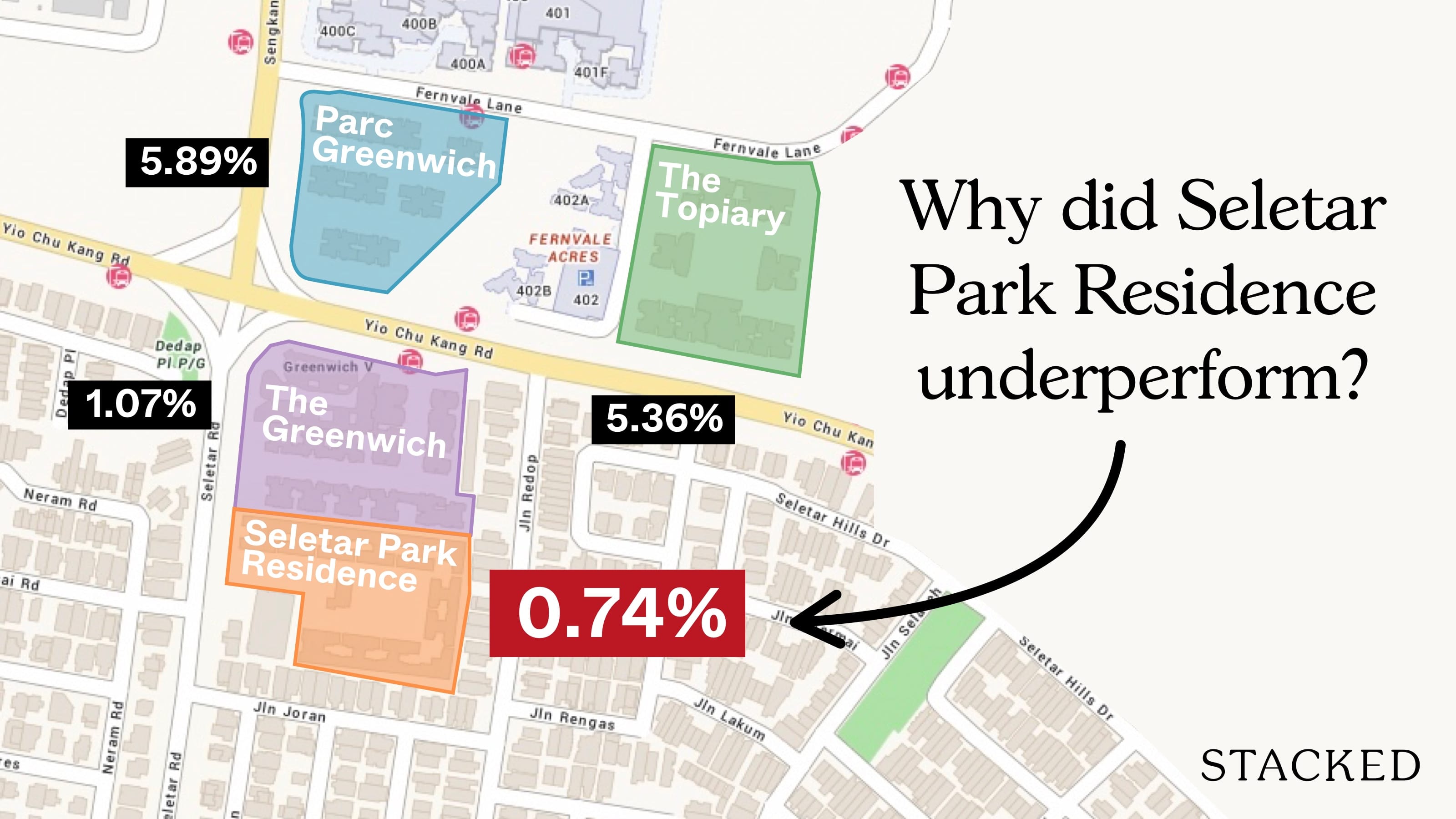
Pro Why Seletar Park Residence Underperformed—Despite Its District 28 Location And Large Unit Sizes
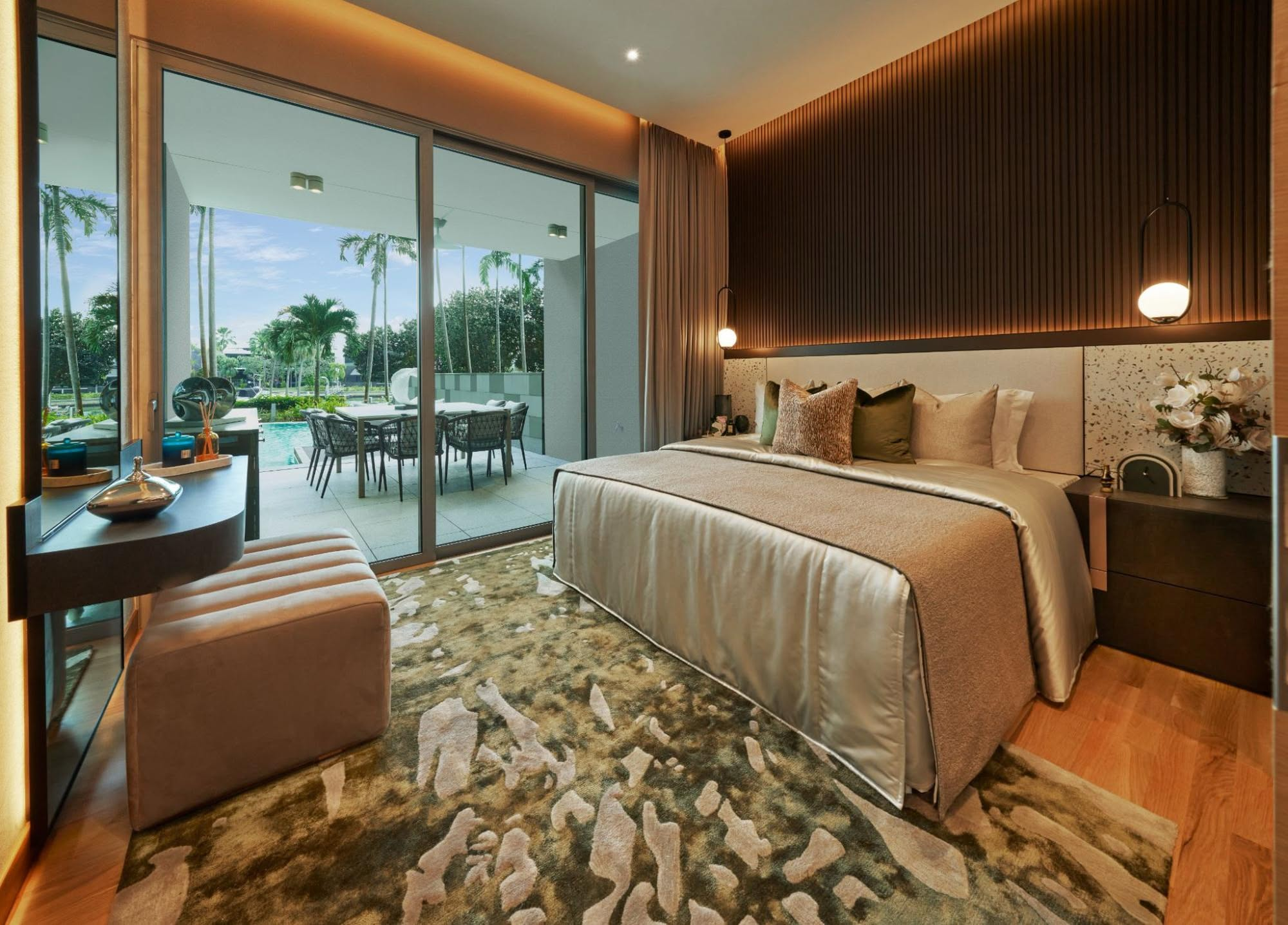
On The Market Inside A Luxury Waterfront Home at The Residences At W Singapore Sentosa Cove
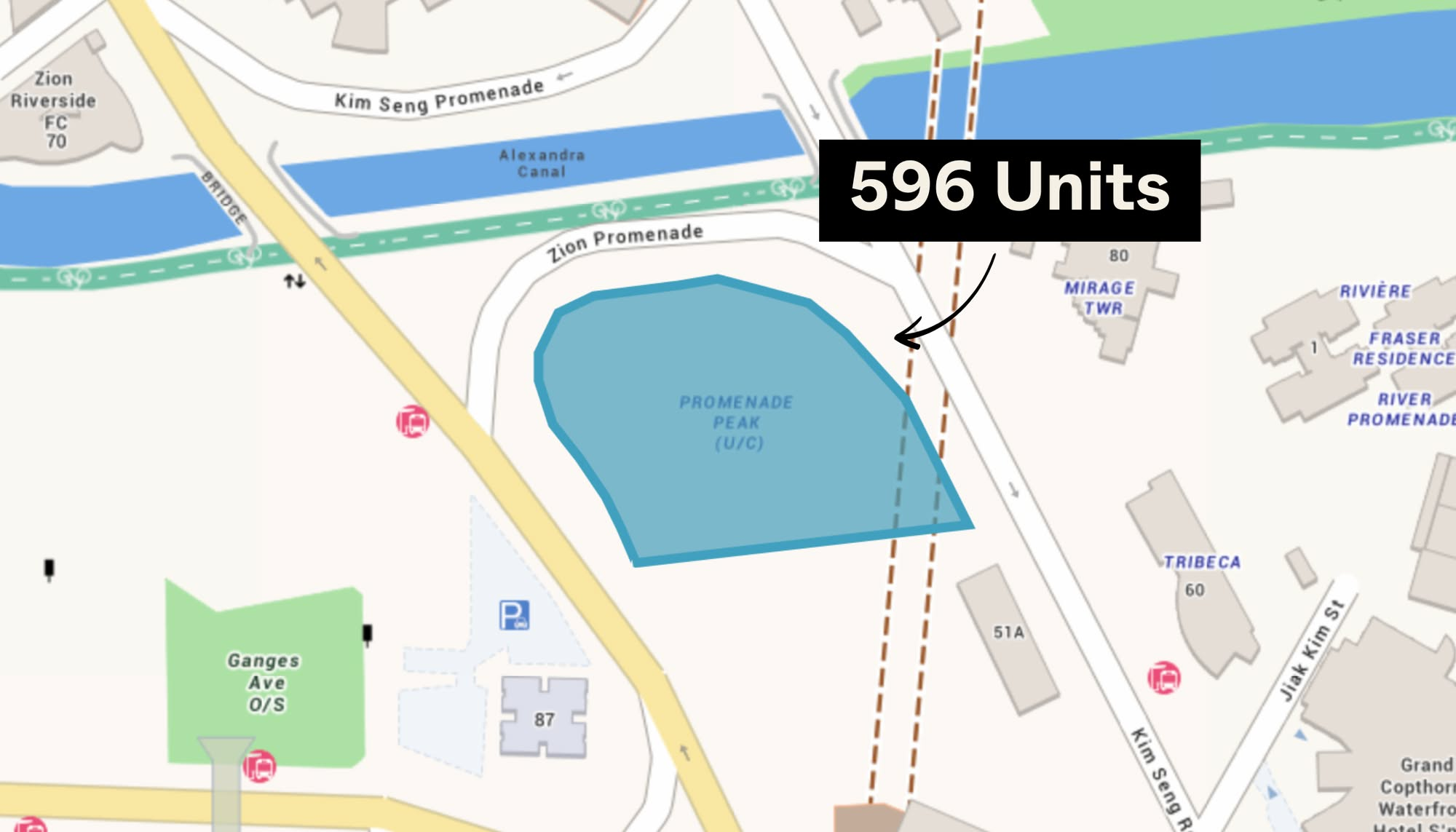
New Launch Condo Analysis Singapore’s Tallest New Condo Comes With the Highest Infinity Pool: Is The 63-Storey Promenade Peak Worth A Look?
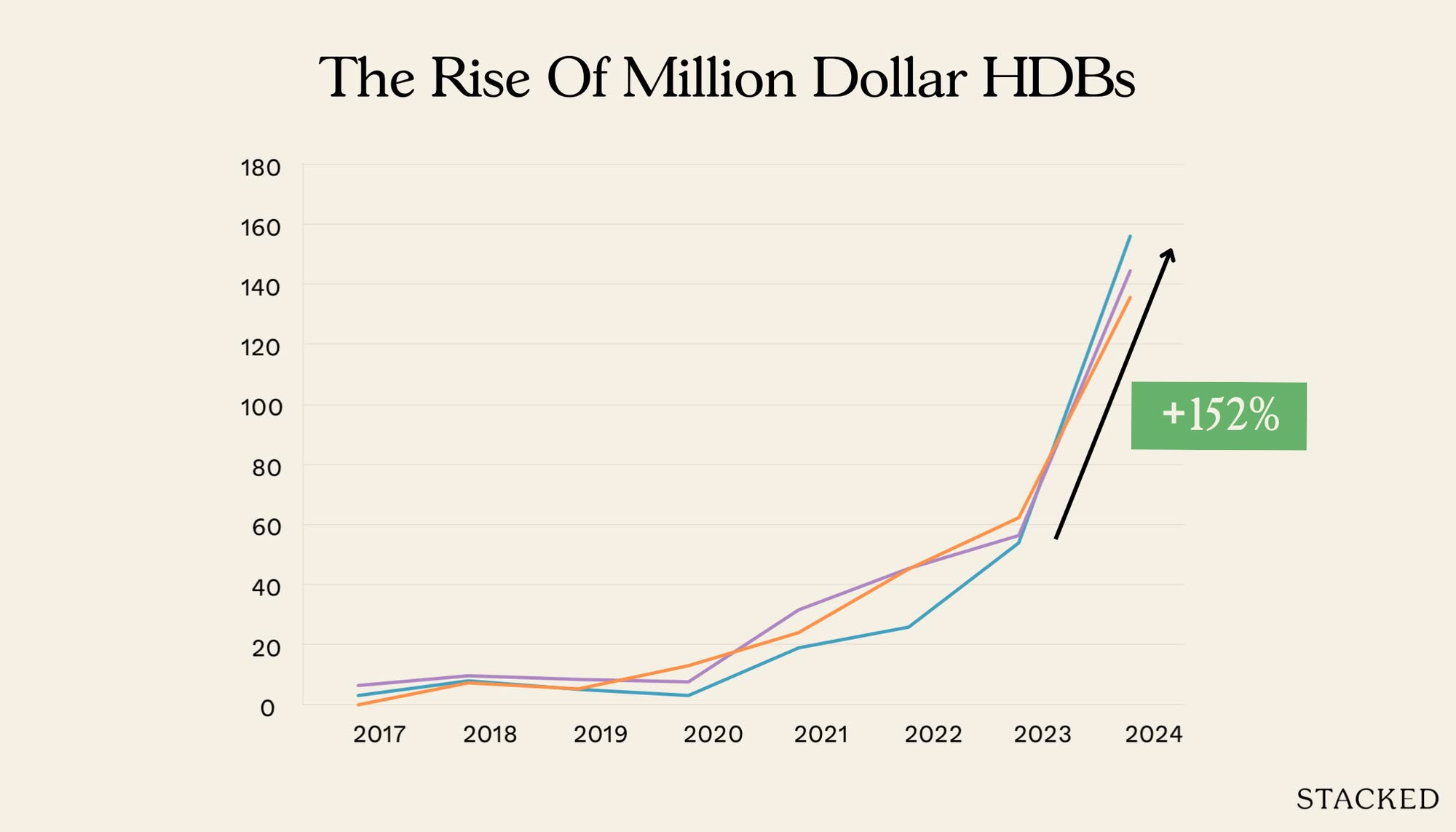


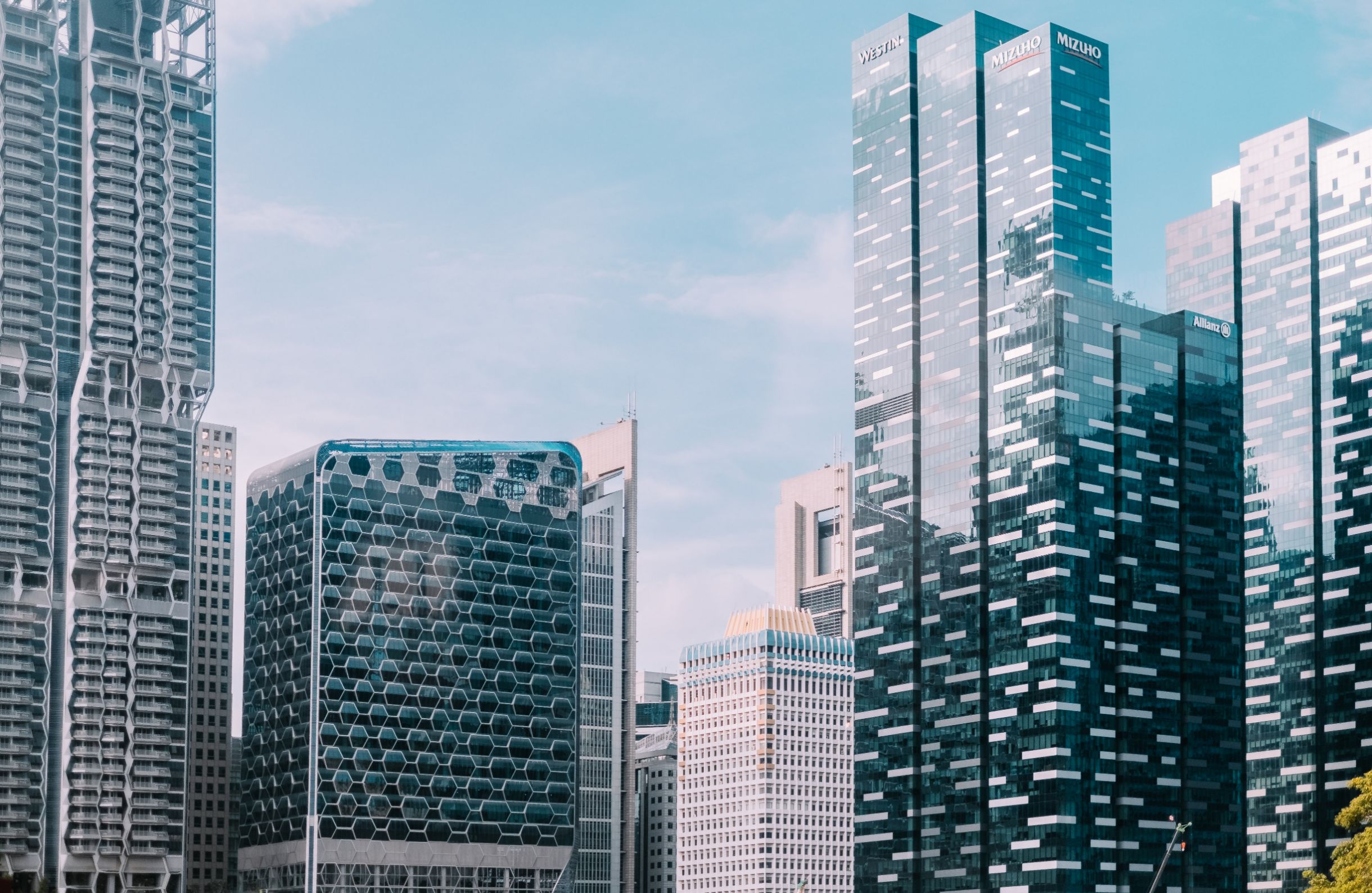
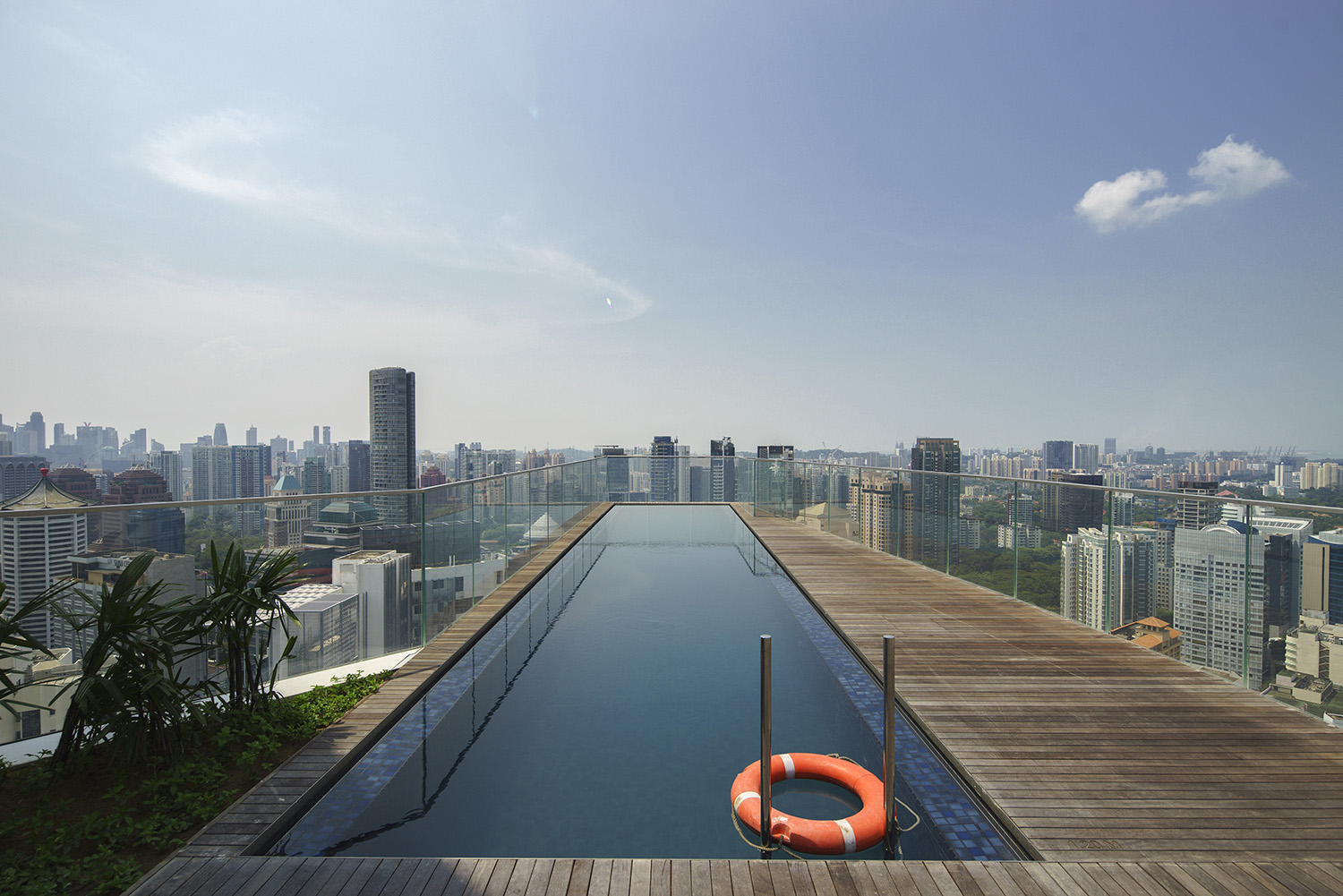
Could I know how 2.26% annualised return obtained? It does not appear to account for leverage as taking a mortgage (i.e. not paying full price for the property upfront), would have helped to improve the return metrics. Also, how do you account for the principal repayment into the metrics as it is also an opp cost?